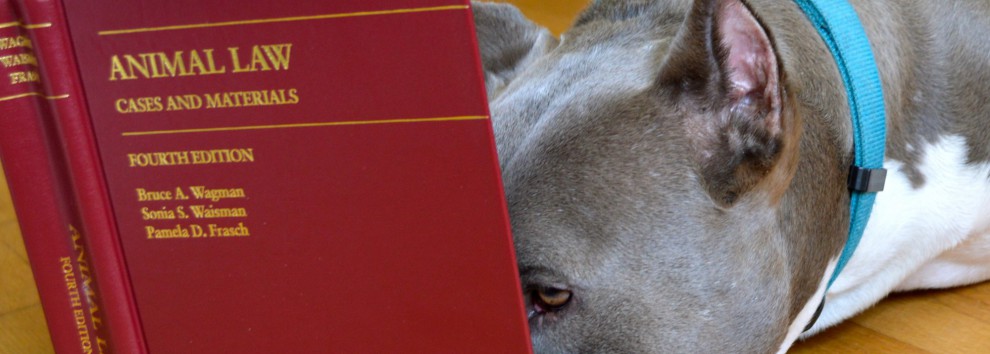During World War I, pigeons served many  purposes, such as being fitted with cameras to take pictures of enemy positions. One of the most important roles they served was as messengers.
purposes, such as being fitted with cameras to take pictures of enemy positions. One of the most important roles they served was as messengers.
Probably the most famous of all the carrier pigeons was one named Cher Ami or “Dear Friend”. Cher Ami spent several months on the front lines during the Fall of 1918. Perhaps the most important message was the one she carried on October 4, 1918.
It was during the battle of Argonne in France. On October 4, 1918, Major Charles Whittlesey and more than 500 men were trapped in a small depression on the side of the hill behind enemy lines without food or ammunition. They were also beginning to receive friendly fire from allied troops who did not know their location.
Surrounded by the Germans, many were killed and wounded the first day. By the second day, more than half the men were dead. The remaining 194 soldiers of the “Lost Battalion” had only three chances. They had three carrier pigeons.
The first pigeon carrying the message, “Many wounded. We cannot evacuate.” was shot down. A second bird was sent with the message, “Men are suffering. Can support be sent?” That pigeon also was shot down. Only one pigeon was left: “Cher Ami”. She was dispatched with a note in a canister on her left leg,
We are along the road parallel to 276.4. “Our own artillery is dropping a barrage directly on us. “For heaven’s sake, stop it.”
As Cher Ami took flight for home, the Germans saw her and opened fire. The soldiers watched as bullets rocketed all around her. Cher Ami rose above the enemy fire and eventually fell to the ground. Even though she was severely wounded, she managed to take flight again. Cher Ami made it to division headquarters 25 miles away, in just over one hour. By the time she arrived, German gunfire had put a hole in her chest, blinded her in one eye and one leg dangled by a tendon. The metal case carrying the note was miraculously still attached to the dangling leg. The Allies stopped firing at the Lost Battalion, and they were eventually rescued. The note saved the lives of all 194 men.
Army medics worked long and hard to save Cher Ami’s life. They could not save her leg, so they carved a small wooden one for her. When she was well enough to travel, the now one-legged bird was put on a ship to the United States. General John J. Pershing personally saw her off as she left France.
In the United States, the little bird was in the newspapers, and magazines. Cher Ami was famous. She became the hero of the 77th Infantry Division and the mascot of the Department of Service.
Cher Ami died at Fort Monmouth, New Jersey, on June 13, 1919 from the wounds she received in battle. She was later inducted into the Racing Pigeon Hall of Fame in 1931. She also received a gold medal from the Organized Bodies of American Racing Pigeon Fanciers in recognition of her extraordinary service during World War I. The French army awarded her their Croix de Guerre for her heroic service in delivering 12 important messages in Verdun, France. She is enshrined at the Smithsonian Institute in Washington, D.C. 
Cher Ami’s story is one of faith, courage, and determination.
As a side note, Cher Ami was first considered to be a male pigeon. Hence, her name is in the masculine French form. Although some accounts still refer to Cher Ami in the masculine, upon examination during taxidermy, it was discovered that she was a female. Step Aside Arcee!
A few other pigeons became quite famous among the infantrymen they worked for. “The Mocker”, flew 52 missions before he was wounded. “President Wilson” was injured in the last week of the war. Though he lost his foot, the message got through to save a large group of surrounded American infantrymen.


